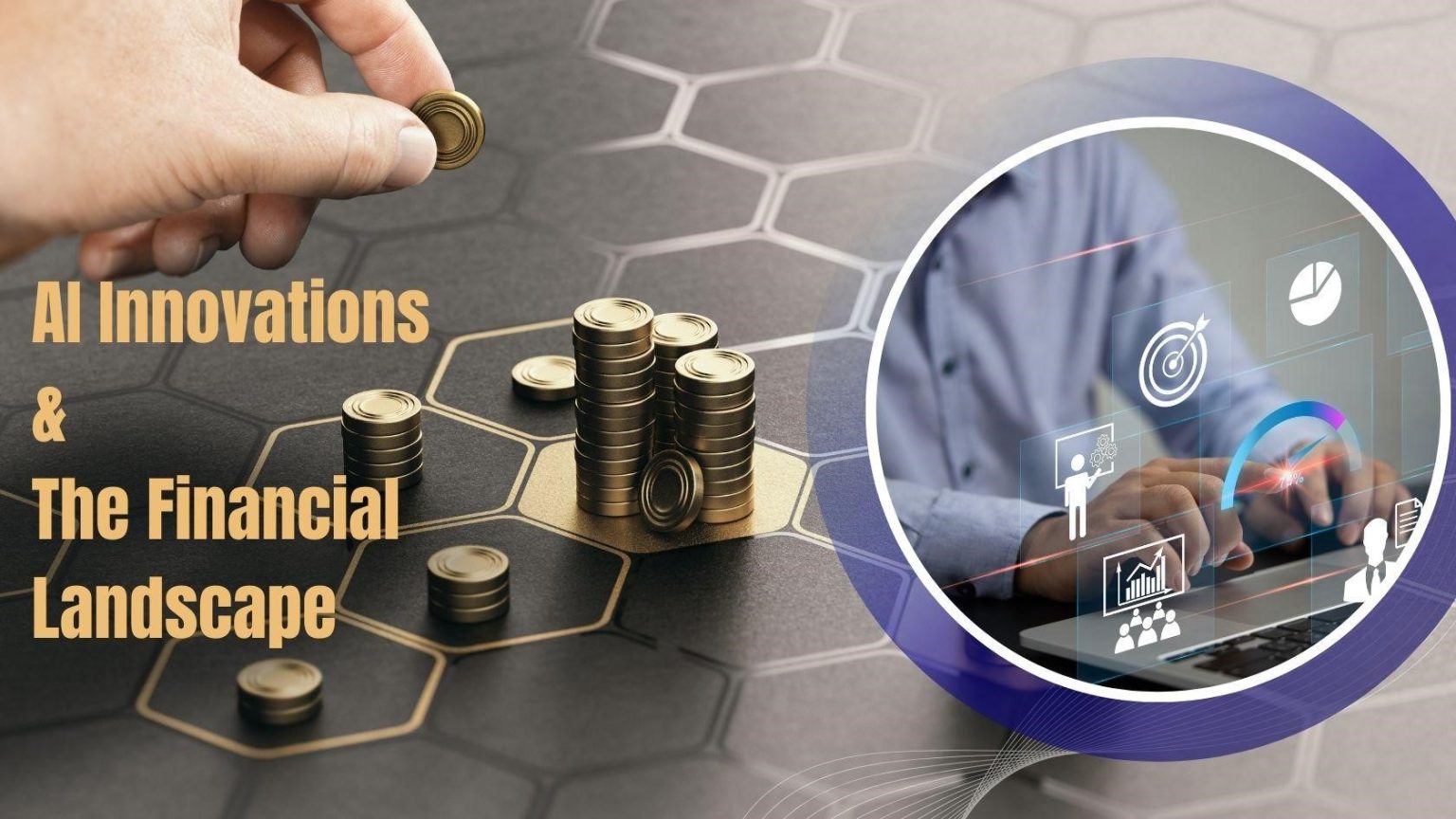In the rapidly evolving financial sector, Artificial Intelligence (AI) is transforming traditional practices by introducing innovative solutions and significantly enhancing efficiency across domains like banking, investment, trading, and risk management. Chandrasekhar Karnam‘s in-depth exploration reveals how AI technologies, such as algorithmic trading, predictive analytics, and AI-driven compliance systems, are revolutionizing operations and decision-making processes. By enabling real-time data analysis, AI is improving fraud detection, refining credit scoring, and streamlining risk assessments. This article unpacks the groundbreaking innovations driving this transformation, highlighting AI’s growing influence and its profound implications for the future of the financial industry.
Revolutionizing Banking with AI
AI’s integration into banking has brought remarkable advancements in fraud detection and credit scoring. AI-powered fraud detection systems analyze vast datasets in real-time, significantly reducing the time required to identify and prevent fraudulent activities. Through continuous learning and behavioral analysis, these systems adapt to new fraud patterns, flagging unusual transactions and identifying complex schemes previously undetectable by human analysts. This heightened accuracy has not only improved banking security but also safeguarded customers’ assets more effectively. In credit scoring, AI has enabled the use of a broader range of data points, leading to more accurate assessments of creditworthiness. AI-enhanced models process alternative data sources like utility bill payments and rental history, providing a more comprehensive financial profile of individuals. This dynamic and objective approach minimizes biases associated with traditional credit scoring methods, promoting financial inclusion for those with non-traditional financial histories.
AI in Investment and Trading: A New Era of Decision-Making
AI has significantly transformed the investment and trading sectors through algorithmic trading, predictive analytics, and Natural Language Processing (NLP). Deep learning systems enable nanosecond-level trade execution and simultaneous analysis of multiple markets, continuously learning and adapting to changing conditions for nuanced decision-making. This leads to enhanced market data interpretation and the ability to capitalize on fleeting opportunities. Predictive analytics offers real-time, data-driven support for investors by processing vast structured and unstructured data, identifying complex relationships for robust strategies. NLP further enriches this landscape, extracting insights from textual data such as financial news, providing personalized investment recommendations, enhancing customer interactions, and empowering financial advisors.
Enhancing Regulatory Compliance and Risk Management
AI has become a vital tool in regulatory compliance and risk management within the financial industry. AI-driven compliance systems monitor transactions in real time, ensuring adherence to evolving legal standards by recognizing complex patterns that may indicate non-compliance, reducing false positives, and enhancing the accuracy of detecting genuinely suspicious activities. These systems’ adaptability ensures financial institutions stay compliant with new regulations and emerging risks. In risk assessment, AI offers comprehensive evaluations by incorporating a wider range of data points, including unstructured data from social media and news sources, allowing for real-time updates to risk profiles and simultaneous simulation of multiple risk scenarios. This dynamic approach provides a nuanced understanding of risk exposure, supporting strategic decision-making in capital allocation, investment strategies, and overall risk management.
Future Prospects and Challenges
As AI technologies evolve, their impact on the financial industry is set to grow further, with quantum computing poised to revolutionize risk modeling and portfolio optimization by enabling complex calculations currently beyond reach. The development of explainable AI (XAI) aims to enhance transparency in decision-making, particularly in regulatory compliance, by addressing the need for interpretability. However, this rapid advancement brings ethical considerations and regulatory challenges, including the risk of perpetuating existing biases if historical data used for training models contains inherent biases. Therefore, there is a pressing need for robust frameworks to ensure the responsible use of AI in finance, emphasizing transparency, fairness, and accountability.
In conclusion, the integration of AI in finance has introduced a new paradigm of innovation and efficiency, as explored by Chandrasekhar Karnam. While AI offers immense potential in improving decision-making, risk management, and customer service, it also presents challenges in terms of ethics, regulation, and the need for human oversight. The future of finance will likely hinge on a collaborative approach, where AI augments human expertise rather than replacing it. This balance between AI-driven innovation and human judgment will be crucial in navigating the complexities of the modern financial landscape and fostering a more efficient, fair, and stable financial system.

